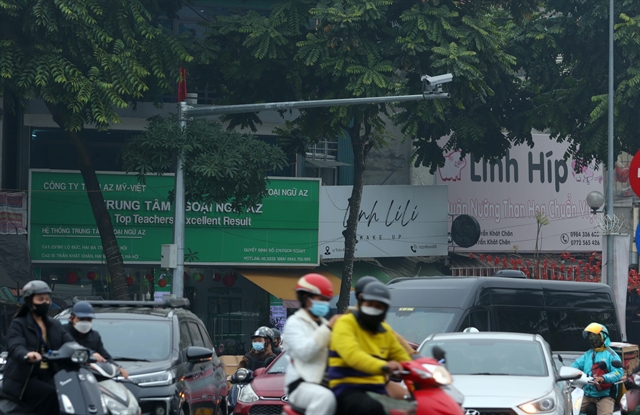 Society
Society
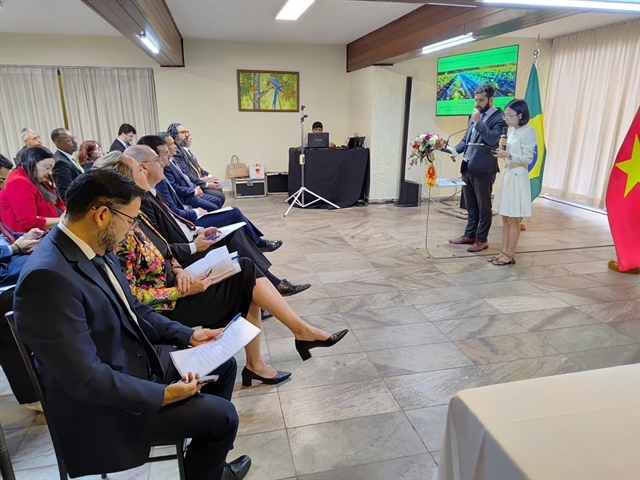
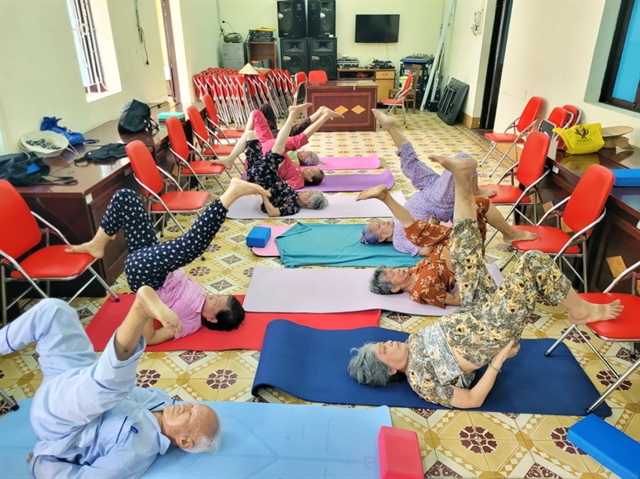 |
| Elderly residents take part in a yoga session at Thị Nghè Elderly Care Centre in HCM City. — VNA/VNS Photo |
Bồ Xuân Hiệp
In a sunlit room at the Thị Nghè Elderly Care Centre in HCM City, a dozen seniors move gently through a morning yoga session. Their motions are slow but steady, guided by a soft-spoken instructor and punctuated with lighthearted conversation.
Just a few rooms away, a nurse checks blood pressure for another group of elderly participants, offering reassurance and routine care.
Scenes like these offer a glimpse into Việt Nam’s emerging model of daycare centres for seniors — community-based facilities that provide daytime meals, medical check-ups, and social activities, while allowing older adults to return home each evening. It’s a model designed to fit both the country’s cultural values and its economic realities.
But while demand is growing fast, facilities like these remain few and far between. Despite Việt Nam’s rapidly ageing population, the country’s senior care infrastructure is underdeveloped, poorly regulated, and largely inaccessible to all but the wealthy.
Millions of elderly Vietnamese, especially those living alone or relying on limited pensions, are left with no viable support system.
Fast-ageing, unprepared
 |
| A medical worker conducts a health check-up for an elderly person at a daycare centre in HCM City. — VNA/VNS Photo |
Việt Nam is among the fastest-ageing nations in Southeast Asia. People aged 60 and older now make up over 16 per cent of the population.
By 2038, one in five Vietnamese will be seniors. The United Nations projects this figure will rise to 25 per cent by 2050.
This demographic shift poses major social and economic challenges. At the same time, it presents an opportunity to develop a sustainable senior care sector, especially affordable daycare centres for seniors that support independent ageing and reduce pressure on families.
Currently, only a few dozen such centres operate nationwide, mostly in major cities. Many offer only basic services and lack trained medical staff, nutrition support, or structured programming.
In HCM City, Việt Nam’s most populous urban area, just 20 elderly care facilities serve a population of over 10 million. In rural provinces, options are even more limited.
Barriers to investment
Real estate and healthcare developers have been slow to enter the sector. “The market is promising, but implementation is difficult,” said a property executive in HCM City who asked to remain anonymous. “There’s no clear legal framework for senior care. Investors face too much uncertainty.”
A handful of projects have moved forward, including Vingroup’s joint venture with Japan’s Well Group in Hà Nội, and Sun Group’s integrated senior community in Hà Nam. But these remain isolated examples, often targeting high-income clientele.
Companies such as Trần Anh Group and Novaland have hinted at future developments, but few have gone beyond early planning stages.
Affordability remains a major hurdle. The average pension in Việt Nam is just VNĐ6.2 million (about US$250) per month. Basic daycare services in urban centres start at VNĐ10 million, while premium packages can exceed VNĐ22 million, which is often more than a family’s monthly rent.
Those relying solely on social welfare receive only a few hundred thousand đồng per month, making professional care entirely out of reach.
“Until prices align with income levels, demand alone won’t drive the sector,” said Phạm Thị Miền, deputy director of the Vietnam Association of Realtors’ Institute for Real Estate Research (VARS IRE).
Cultural challenges
 |
| Elderly residents at a senior care facility in Hà Nội. — VNA/VNS Photo |
Việt Nam’s Confucian traditions place a high value on filial duty. For many families, sending elderly parents to care centres is still seen as shameful.
As a result, even when care is needed, many households avoid discussing it.
Yet with rapid urbanisation and migration, traditional multigenerational living is declining. More seniors are left to live alone while their children work or move away.
Experts say daycare centres for seniors offer a culturally acceptable compromise: elders receive care and social connection during the day but return to their families at night.
These facilities are also more affordable to operate and easier to integrate into existing residential neighbourhoods.
“Instead of large-scale retirement homes, we need small, flexible centres that serve everyday people,” Miền said. “This model fits Vietnamese values and income levels.”
Policy reform needed
Industry leaders are calling on the government to create a regulatory framework and incentive structure similar to that for social housing. Proposed policies include tax breaks, simplified licensing, and preferential land-use terms.
“Without formal recognition and support, senior care will remain a niche market,” Miền said.
Nguyễn Văn Đính, deputy chairman of the Vietnam Real Estate Association, echoed this concern. “Việt Nam is ageing fast. The opportunity to build a sustainable care system won’t last forever.”
Earlier this year, General Secretary Tô Lâm urged ministries to accelerate development of daytime care models, highlighting the growing number of elderly people left alone during work hours.
In care centres like Thị Nghè, small steps are already making a difference. But for millions of elderly Vietnamese, the system is still far from meeting their needs.
“We talk a lot about economic growth,” said one centre director. “But how we care for our elders says just as much about who we are.” — VNS

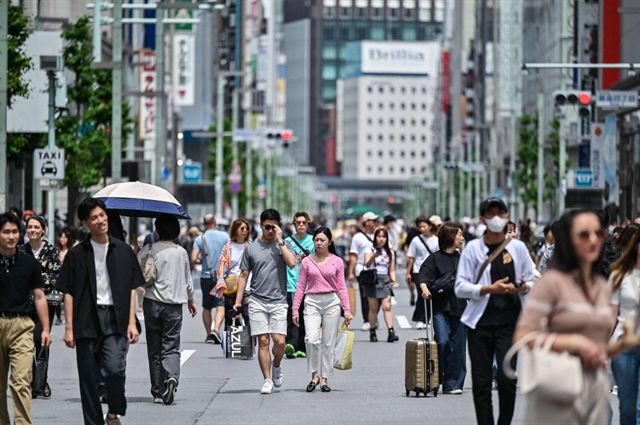
.jfif)
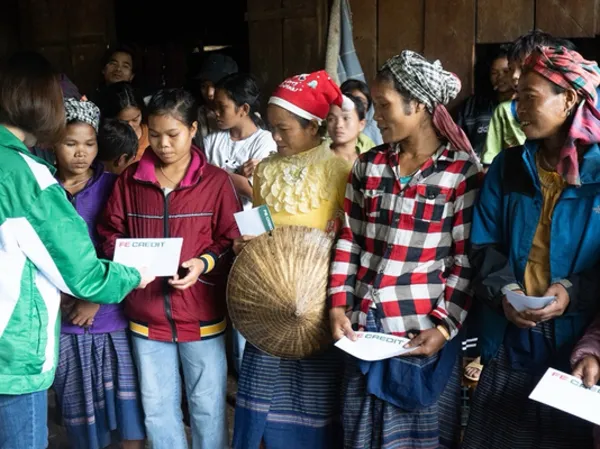
.jpg)